I'm going to directly answer what the title is asking (sorry the details aren't as general to everyone as understanding where flipping bits + adding one comes from).
First let motivate two's complement by recalling the fact that we can carry out standard (elementary school) arithmetic with them (i.e. adding the digits and doing the carrying over etc). Easy of computation is what motivates this representation (I assume it means we only 1 piece of hardware to do addition rather than 2 if we implemented subtraction differently than addition, and we do and subtract differently in elementary school addition btw).
Now recall the meaning of each of the digit's in two's complements and some binary numbers in this form as an example (slides borrowed from MIT's 6.004 course):

Now notice that arithmetic works as normal here and the sign is included inside the binary number in two's complement itself. In particular notice that:
1111....1111 + 0000....1 = 000....000
i.e.
-1 + 1 = 0
Using this fact let's try to derive what the two complement representation for -A should be. So the problem to solve is:
Q: Given the two's complement representation for A what is the two's complement's representation for -A?
To do this let's do some algebra using values we know:
A + (-A) = 0 = 1 + (-1) = 11...1 + 00000...1 = 000...0
now let's make -A the subject expressed in terms of numbers expressed in two's complement:
-A = 1 + (-1 - A) = 000.....1 + (111....1 - A)
where A is in two's complements. So what we need to compute is the subtraction of -1 and A in two's complement format. For that we notice how numbers are represented as a linear combination of it's bases (i.e. 2^i):
1*-2^N-1 + 1 * 2^N-1 + ... 1 = -1
a_N * -2^N-1 + a_N-1 * 2^N-1 + ... + a_0 = A
--------------------------------------------- (subtract them)
a_N-1 * -2^N-1 + a_N-1 -1 * 2^N-1 + ... + a_0 -1 = A
which essentially means we subtract each digit for it's corresponding value. This ends up simply flipping bits which results in the following:
-A = 1 + (-1 - A) = 1 + ~ A
where ~ is bit flip. This is why you need to bit flip and add 1.
Remark:
I think a comment that was helpful to me is that complement is similar to inverse but instead of giving 0 it gives 2^N (by definition) e.g. with 3 bits for the number A we want A+~A=2^N so 010 + 110 = 1000 = 8 which is 2^3. At least that clarifies what the word "complement" is suppose to mean here as it't not just the inverting of the meaning of 0 and 1.
If you've forgotten what two's complement is perhaps this will be helpful: What is “2's Complement”?
Cornell's answer that I hope to read at some point: https://www.cs.cornell.edu/~tomf/notes/cps104/twoscomp.html#whyworks
